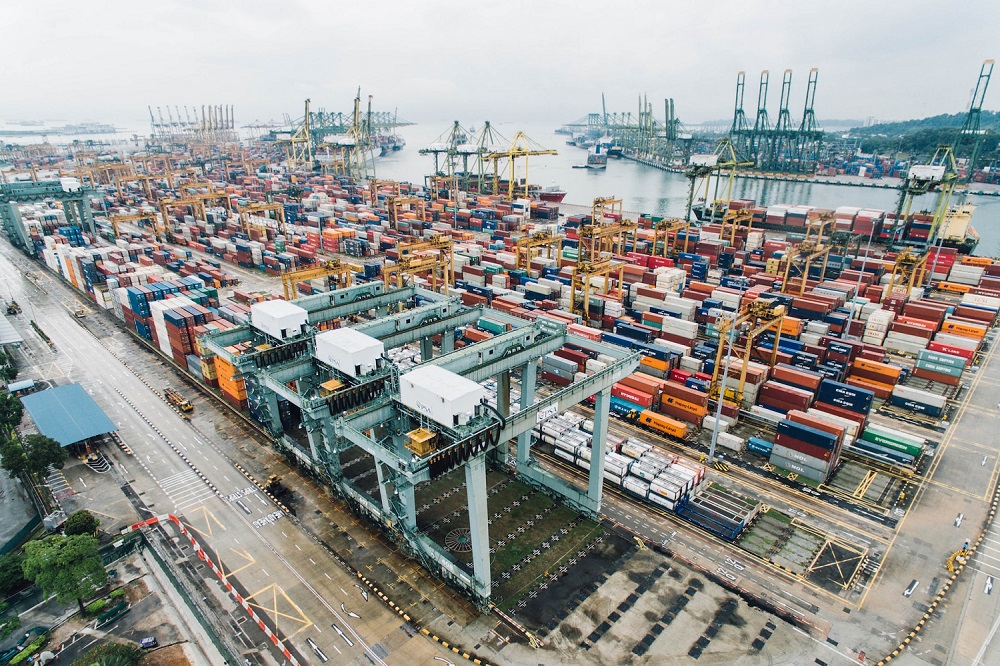Corona and the war in Ukraine have shown how vulnerable globalization makes countries and companies. Many entrepreneurs suffer from disrupted supply chains and are looking for their suppliers closer to home. But don't think we're done with globalization.
There are contradictory trends in globalization. If we look at countries like Russia and China, we see that trade barriers are being erected worldwide. But we also see that new trade relations are developing elsewhere. Our own research shows that the number of trade embargoes did not increase in 2022, but in fact decreased slightly. Global trade is adapting to the circumstances.



